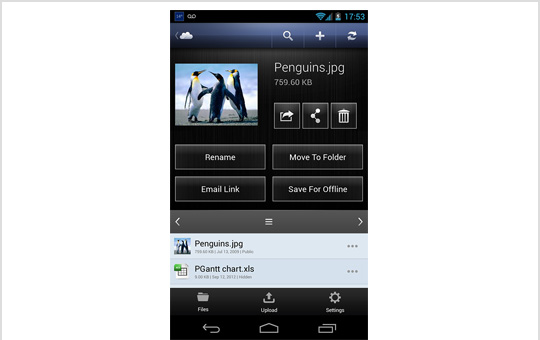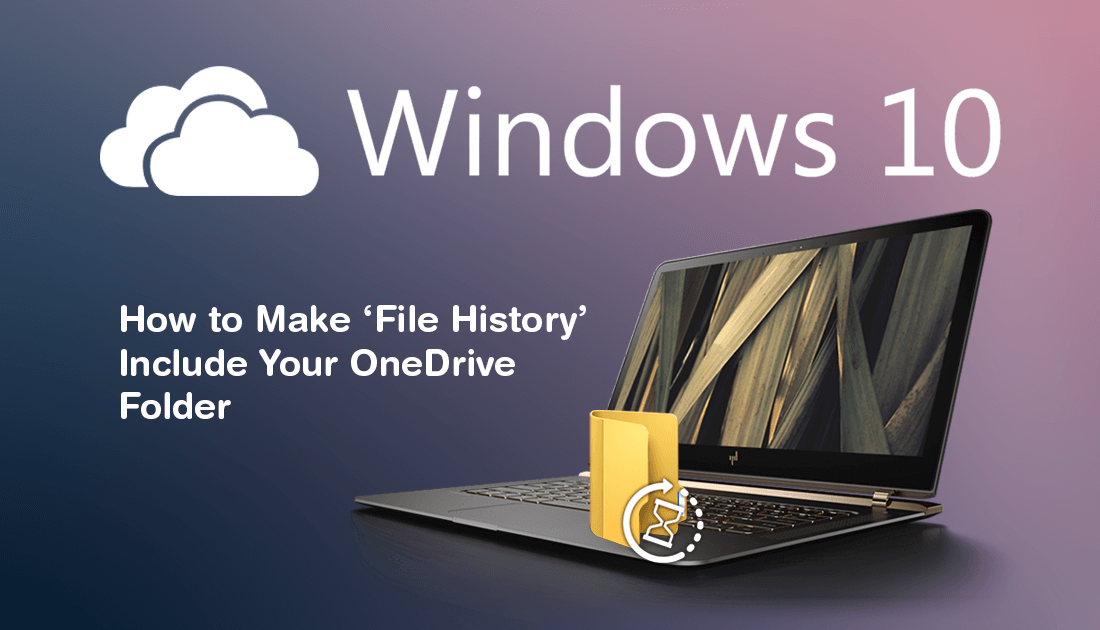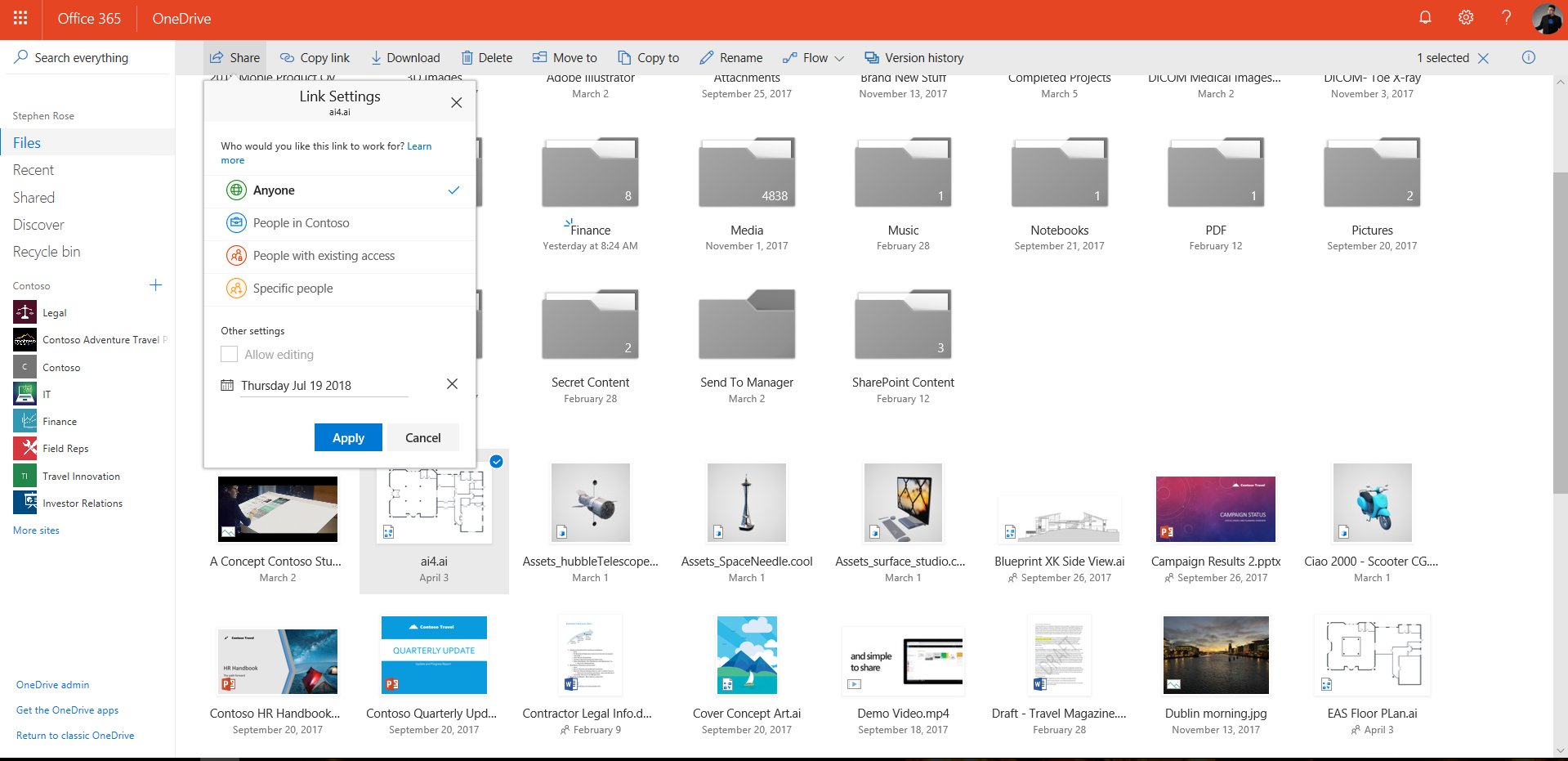
- #Opendrive shared folder android update
- #Opendrive shared folder android android
- #Opendrive shared folder android software
#Opendrive shared folder android update
One partition can be updated in the background and quickly switched to on reboot, making the update appear seamless.
#Opendrive shared folder android android
Since the introduction of seamless updates with Android 7.0 Nougat, many devices also include a second system partition.
misc - This partition contains other important system setting information, such as a USB configuration, carrier ID, and other hardware settings, usually saved in the form of on/off switches. You can wipe this partition to fix certain issues. cache - Android stores frequently used data and app components here. This sector gets wiped when you perform a factory reset. data - The data partition saves user data ranging from contacts and messages to apps and music. #Opendrive shared folder android software
recovery - An alternative to booting into the OS, the recovery software can allow the user to backup and restore other partitions. system - The system partition houses the operating system files (also known as the ROM), including the Android UI and pre-installed applications. Your phone relies on these to boot when powered on. boot - This partition contains the kernel, ramdisk, and bootloader. Here’s a quick breakdown of what each partition does: If you root your Android device, you can also access five other hidden partitions, namely boot, system, recovery, cache, and misc. It will be empty if you don’t use a podcast app or don’t opt for downloads.  Podcasts: This folder is used by some apps to separate podcast files from the rest of your music. The Pictures folder also holds screenshots under a sub-folder of the same name. Some apps will allow you to specify other locations, but most media players will search these directories by default. Pictures, Music, Movies, Video: These are all default folders used by various apps for your media needs. Other apps can also use this folder to store downloaded images and documents, even though separate folders exist too. Downloads: Anything you download from web browsers, such as Chrome or Firefox, will appear here. You’ll also find this folder created on your microSD card if you opt to save pictures there. DCIM: Images and videos captured from your device’s camera app are saved here. Alarms, Ringtones, Notifications: These folders store custom audio files for alarms, ringtones, and notifications that can be used by some default and third-party apps. Keep in mind that certain apps like WhatsApp also store your media files under this directory. In the current meta of Android, most of the old permissions are automatically declined and you need to allow an app to access everything during usage.
Podcasts: This folder is used by some apps to separate podcast files from the rest of your music. The Pictures folder also holds screenshots under a sub-folder of the same name. Some apps will allow you to specify other locations, but most media players will search these directories by default. Pictures, Music, Movies, Video: These are all default folders used by various apps for your media needs. Other apps can also use this folder to store downloaded images and documents, even though separate folders exist too. Downloads: Anything you download from web browsers, such as Chrome or Firefox, will appear here. You’ll also find this folder created on your microSD card if you opt to save pictures there. DCIM: Images and videos captured from your device’s camera app are saved here. Alarms, Ringtones, Notifications: These folders store custom audio files for alarms, ringtones, and notifications that can be used by some default and third-party apps. Keep in mind that certain apps like WhatsApp also store your media files under this directory. In the current meta of Android, most of the old permissions are automatically declined and you need to allow an app to access everything during usage. 
Solution 3 Allow OneDrive to work in a background. This will force OneDrive to create another Camera Roll folder. It is not recommended to delete this unless you don’t mind losing your app data. Select the Camera Roll folder and rename it.

Android: This is the default location used for app data, cache, and other important files.Nevertheless, here’s a quick rundown of the various default Android folders and what they’re meant for: For example, some of these folders - like Downloads - are pretty self-explanatory. Even before you start using your device, Android creates a handful of folders on your internal storage.







 0 kommentar(er)
0 kommentar(er)
